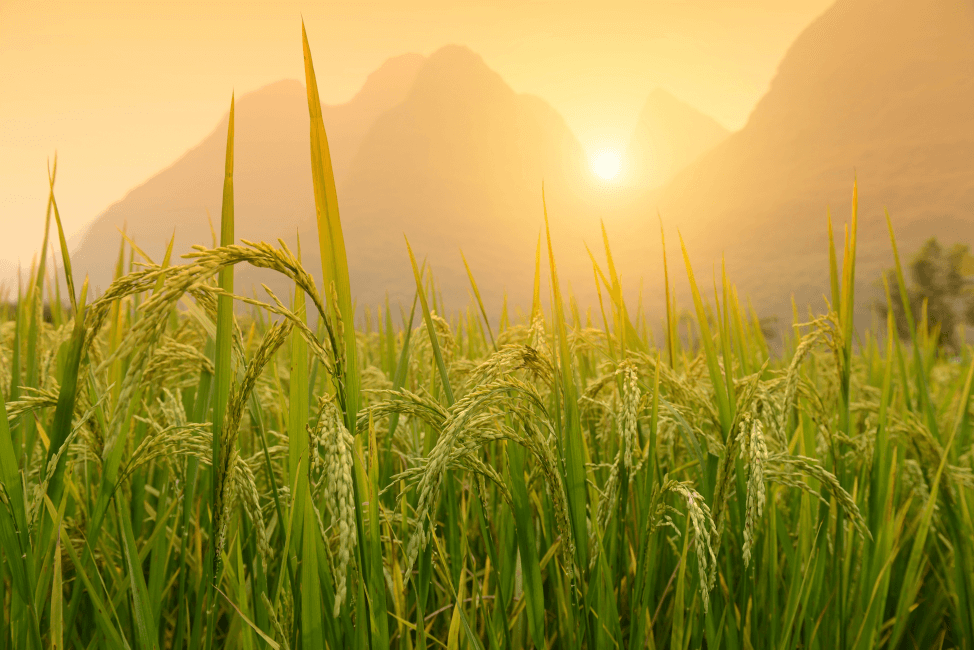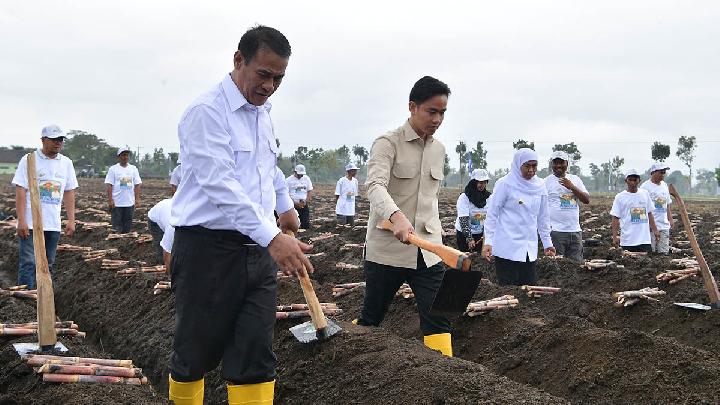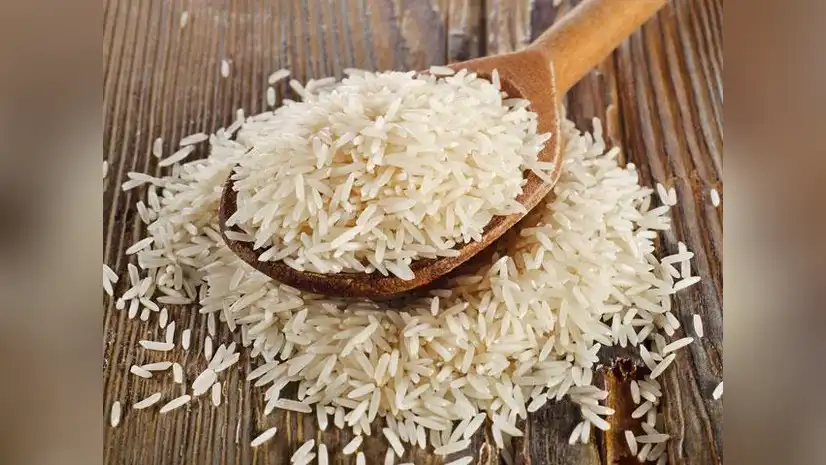Tags
NO IMMEDIATE END IN STORE FOR HIGH RICE PRICES

By Joseph Moss, International Banker
According to the United Nations’ Food and Agriculture Organization’s (FAO’s) Rice Price Index (FARPI), the price of rice averaged 141.1 points in December 2023, up 1.6 percent month-on-month and 18.6 percent from the previous year. It was a fitting end to a year in which prices skyrocketed to levels not seen since 2008, thanks largely to India’s rice-export ban and the impacts of El Niño. And with those concerns far from being allayed, the world may have to deal with prolonged—and severe—rice-price inflation in 2024.
Indeed, FARPI data has revealed that international rice prices averaged a sizeable 21.1 percent more in 2023 than in 2022. The long-grained rice variety, indica, led the rally with a 25-percent surge during the year, most recently rising by 2.6 percent in December, with the FAO noting strong Asian buying sentiment, tighter supplies in Vietnam and the strengthening Thai baht versus the US dollar during the year as key contributory factors. Other benchmark quotations also experienced price appreciations last year, with Japonica, aromatic and glutinous rice up by 6 percent, 11 percent and 17 percent, respectively.
The bulk of this upward price surge has been largely attributed to the July 21 export ban India implemented on non-basmati varieties of white rice, with immediate effects. New Delhi also slapped a 20-percent duty on parboiled-rice exports and applied an export-price floor on basmati at $950/metric tonne (mt), with the Ministry of Consumer Affairs, Food & Public Distribution confirming that such measures had been taken to provide “adequate availability” of rice for domestic consumption and to “allay the rise in prices in the domestic market”.
With India representing more than 40 percent of global trade and topping the global rankings of rice-exporting countries, its export ban sent the international market price soaring to a 15-year high by August—up 15 percent from the previous month. It remained elevated for much of the rest of the year. With rice representing a major dietary staple for many countries—accounting for up to 70 percent of the daily caloric intake for some parts of the world, such as Southeast Asia and West Africa—the resulting inflation proved particularly damaging for those dependent on rice imports from India, including Iran, Saudi Arabia, China and Ghana. The price of rice in the Philippines, meanwhile, hit a 14-year high by September, despite government intervention in the market to ease the pain. As such, reports soon surfaced that such nations were scaling down their purchases and seeking waivers.
Not everyone believes that the export ban has been necessary, moreover. “India has more than sufficient stocks right now,” Peter Bachmann, president and chief executive officer of USA Rice, told Bloomberg on November 19. “While our exporters (and other major exporters in Asia) are benefiting in the short term, when India lifts the export ban in the coming months, they will once again significantly distort world prices.” But many also see the export ban as partly a political manoeuvre by the government of India’s Prime Minister Narendra (Damodardas) Modi. With a crucial general election in April this year, many believe Modi implemented the ban to lower domestic rice prices and thus boost his appeal to voters.
Weather patterns have also played a crucial role, with fears over the extreme conditions and lack of rainfall brought on by El Niño threatening Asia’s output of 2023-24 crops and sustaining high prices for much of last year. Specifically, the drier conditions from the cyclical climate phenomenon were expected to parch crops, impact power grids, curtail fishing activity and restrict access to mines due to flooding in many regions. “Many crops, especially those highly dependent on water supply, will be badly affected by El Niño,” Muhamad Shakirin Mispan, an associate professor at Universiti Malaya’s Institute of Biological Sciences, told Bloomberg on October 11, adding that lower outputs from key producers would “significantly impact global rice supply, affecting not only South-East Asia but also reverberating across the world”.
The Government of Thailand, for instance, recently confirmed that paddy output will fall by around 6 percent during the 2023-24 season due to dry weather. As S&P Global Commodity Insights recently noted, the fall in rice production in India’s 2023-24 Kharif season (India’s monsoon season from June to November) due to dry weather conditions caused by the El Niño weather phenomenon and a slow start to the sowing of rabi crops (typically in mid-November following the Kharif season) have “ruled out” improvements in supply conditions in the near term. “The US Department of Agriculture’s India attache has forecast the country’s total rice production at 128 million mt in the MY [marketing year] 2023-24 (October-September) as compared to 135.5 million mt a year ago,” S&P added in its January 5 assessment. “Despite the trade curbs, local rice prices have remained firm even in the middle of the harvesting season in 2023, which prompted the government to issue a warning to retailers to reduce prices.”
Does this necessarily mean that bullish sentiment will continue to prevail unfettered? Not necessarily, especially if other key rice producers can plug at least some of the shortfall. Indeed, recent reports have noted a surge in exports from Vietnam following India’s restrictions to satisfy the growing needs of importing countries. According to Vietnam’s customs data, the Southeast Asian country—the world’s third-largest exporter and fifth-largest producer—exported $4.6 billion of rice last year, a whopping 35 percent higher than 2022 levels. It also boosted production in 2023 by 1-2 percent over 2022 levels to more than 43 million tonnes.
Nonetheless, it will be nigh on impossible to replace the entire global supply shortfall brought about by India’s ban, with the global stockpile touted to have recorded its third consecutive decline in 2023. “Rice is tough because there are just not a lot of other suppliers,” Joseph Glauber, a senior fellow at the International Food Policy Research Institute (IFPRI) in Washington, explained to Bloomberg, adding that India leaves “a big hole to fill”. It also seems unlikely that the Modi administration will want to remove the export ban prior to the general election.
B.V. Krishna Rao, president of the Rice Exporters Association (REA) (representing the country’s shippers), stated his expectation that the government would ensure adequate supplies at home to cool price increases. “We know rice markets will remain tight for the foreseeable future, largely due to India’s export ban,” according to Peter Clubb, a commodities market analyst at the International Grains Council (IGC) in London. “We also have Eid [Eid al-Fitr] coming up in April, and the period before Eid tends to see good demand from markets with significant Muslim populations in Asia and Africa.”
The World Bank stated it expected the price of rice to increase by a further 6 percent in 2024, underpinned by “the threat of El Niño, policy responses from significant exporters and importers, and the geographic and market concentrations of rice production and exports”. According to the United Nations (UN), meanwhile, El Niño in 2024 “will affect precipitation patterns in many Asian countries, causing extreme droughts or floods and consequently impacting agricultural output”, with such shocks expected to be “disproportionately severe in countries where agriculture accounts for the largest share of GDP [gross domestic product]”. And although this hugely impactful climate pattern is expected to weaken by around April, the World Bank also forecasted the El Niño-Southern Oscillation (ENSO) weather event to prevail from May to July, preventing rice prices from easing until 2025.
Regarding its export ban, meanwhile, India appears in no hurry to remove its restrictions during the coming months, while most analysts are sceptical of these measures being eased before April’s general election. “As long as domestic rice prices face upward pressure, the restrictions are likely to stay,” Sonal Varma, Nomura Holdings’ chief economist for India and Asia ex-Japan, told Bloomberg in November. “Even after the elections, if domestic rice prices do not stabilize, these measures are likely to get extended.” Indeed, New Delhi may persist with the ban to ensure a sufficient domestic rice harvest is achieved before curbs are lifted; that said, the India Meteorological Department (IMD) did recently confirm that El Niño conditions are unlikely to persist into the next monsoon season, which could result in export restrictions being eased sometime during the year.
https://internationalbanker.com/finance/no-immediate-end-in-store-for-high-rice-prices/Published Date: January 26, 2024






